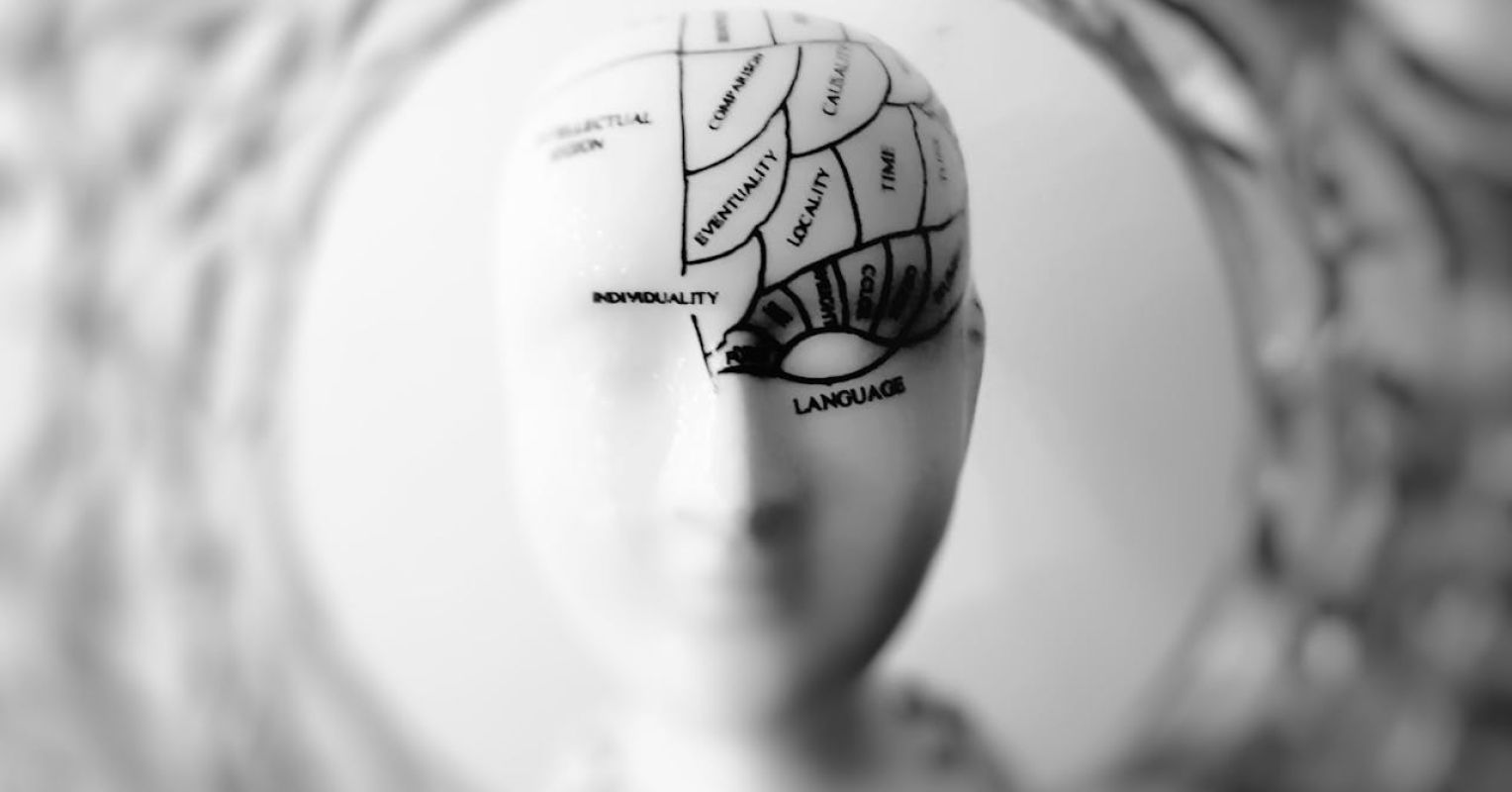
"The action mode network (AMN) is critical in managing goal-directed behavior, where subnetworks help weigh options, execute actions, monitor results, and contribute to self-perception."
"The right dorsolateral and ventrolateral prefrontal cortex play key roles in inhibiting intrusive thoughts, while a frontotemporal pathway helps suppress unwanted memories associated with cravings."
The brain houses an action mode network (AMN) that influences whether individuals overcome addictions. Key findings indicate subnetworks—decision, action, feedback, and bodily self—coordinate behaviors like decision-making and self-control. Additionally, another research paper focuses on the brain's ability to suppress intrusive thoughts, essential for managing drug cravings. The right prefrontal cortex inhibits actions and spatial memories linked to cravings. This system's impairment can significantly hinder self-regulation, enhancing the likelihood of relapse. The integration of the AMN with emotional detection networks is also vital for understanding addiction behaviors.
Read at Psychology Today
Unable to calculate read time
Collection
[
|
...
]